The boreal forest
We call ‘‘boreal forests’’ those forests mainly composed of conifers, located in coldest regions of the northern hemisphere. These ecosystems cover a surface of 270 million hectares in Canada and close to two billion hectares in the entire world. They represent 33% of the woodlands and cover 14% of the world's land surface. These forests play an essential role in the preservation of biodiversity and in the fight against climate change. In Canada, black spruce is the dominant species in the Canadian boreal forest. Other species such as balsam fir and paper birch are also present in these ecosystems.
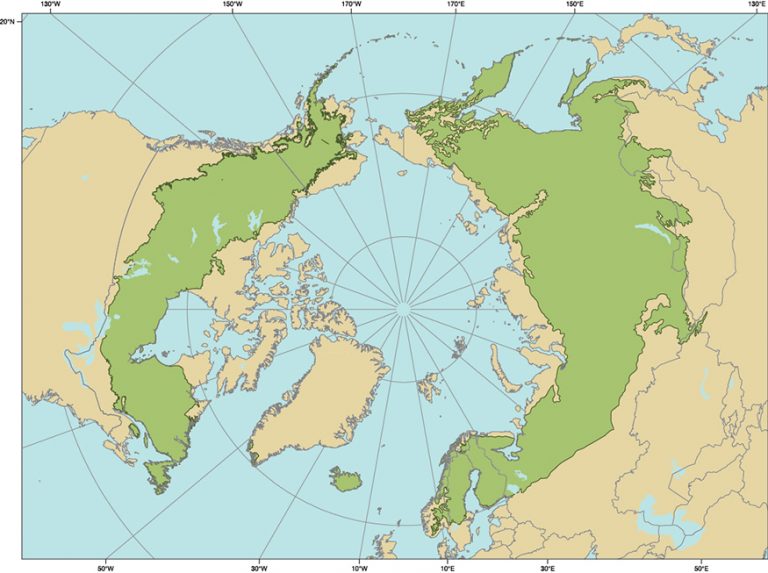
In green: borders of the boreal forest (source : Ressource Naturelle Canada, basé sur Avrenko and Sochava 1954, Ahti et al. 1968, Denisov 1970, and Kurnaev 1990 ; North America is taken from Brandt 2009 ; https://www.rncan.gc.ca/forets/boreale/18207)
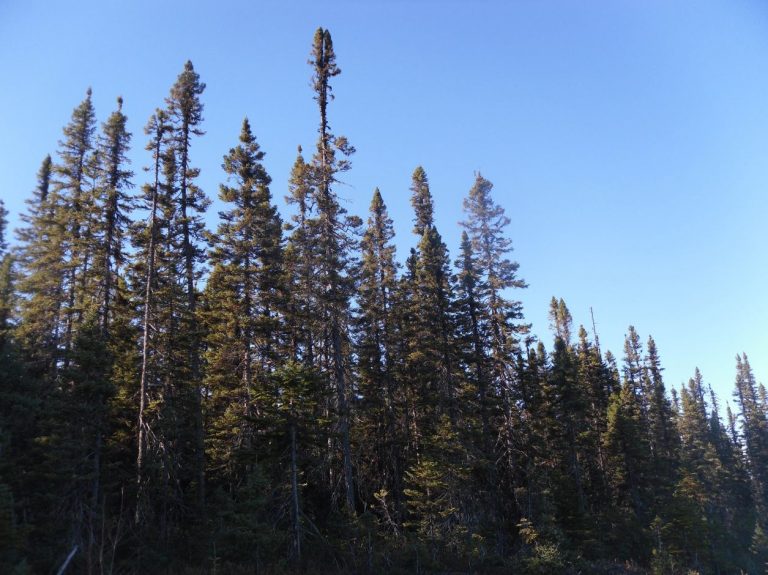
Old-growth forest of black spruce
Black spruce is the dominant species of the canadial boreal forest, but we can find also the balsam fir and the yellow birch.
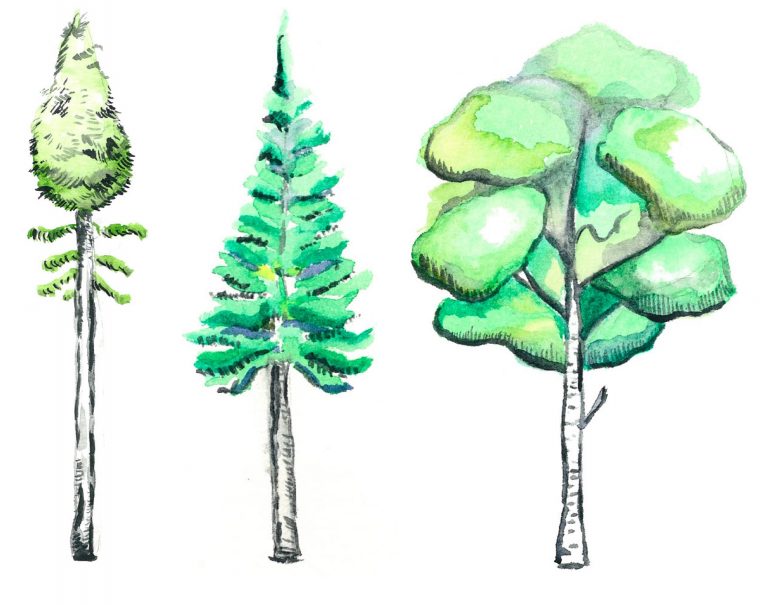
Watercolors of boreal tree species. From the left to the right: black spruce, balsam fir, paper birch
Old-growth forest
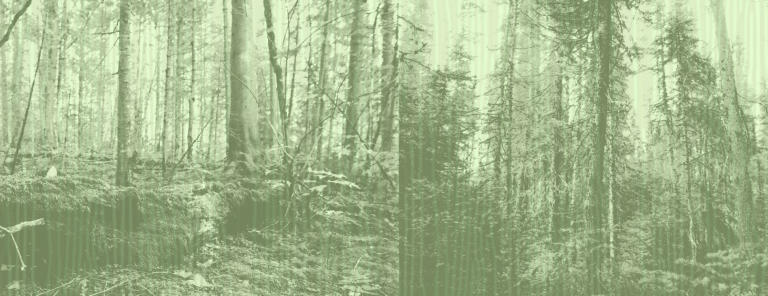
An old-growth forest stand in Quebec
An ‘‘old-growth forest’’ is a forest within which coexists many different generations of trees, where tree death and regeneration are two entangled processes. The old-growth forests often contain elements absent in younger forests (dead wood, trees of a variety of sizes) from which numerous animal, vegetal and fungal species are dependent. They are extremely important for biodiversity as well as for ecosystemic services, such as carbon storage or water provision. These forests are naturally abundant in the boreal landscapes, including those in Quebec. However, due to the rise of industrial-scale forest management, the surfaces of old-growth forests significantly decline in the boreal regions.
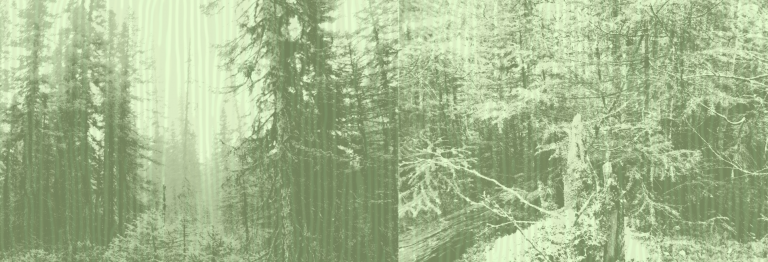
An old-growth forest stand in Quebec
